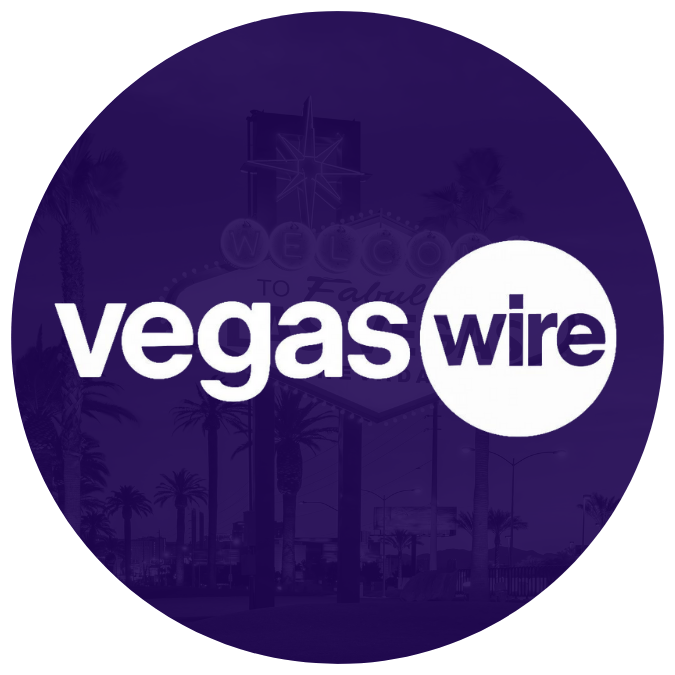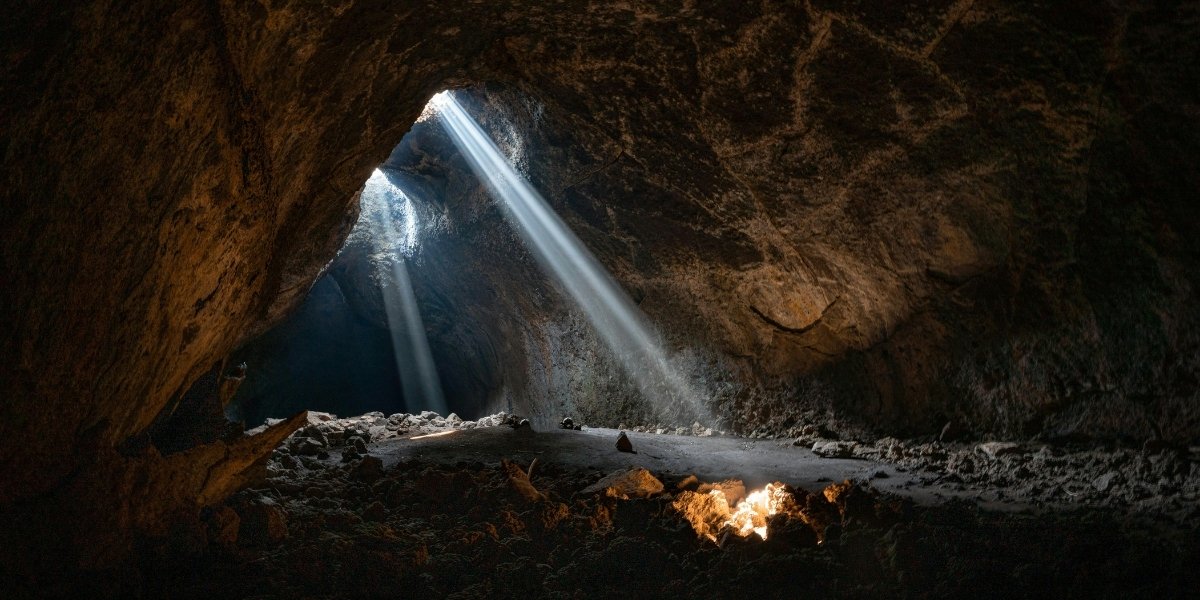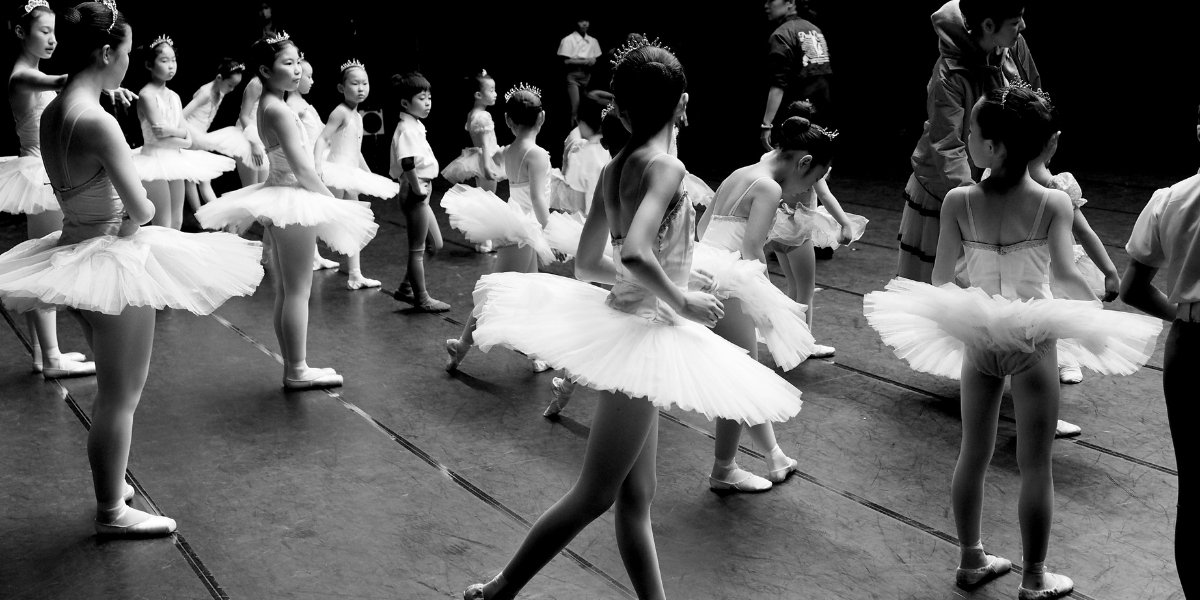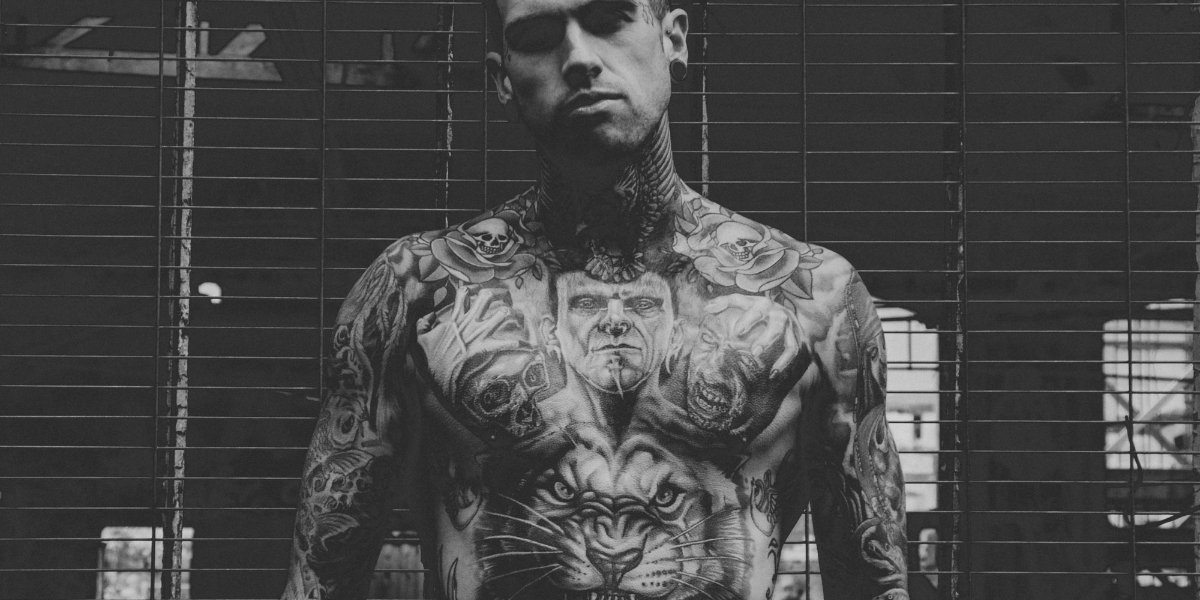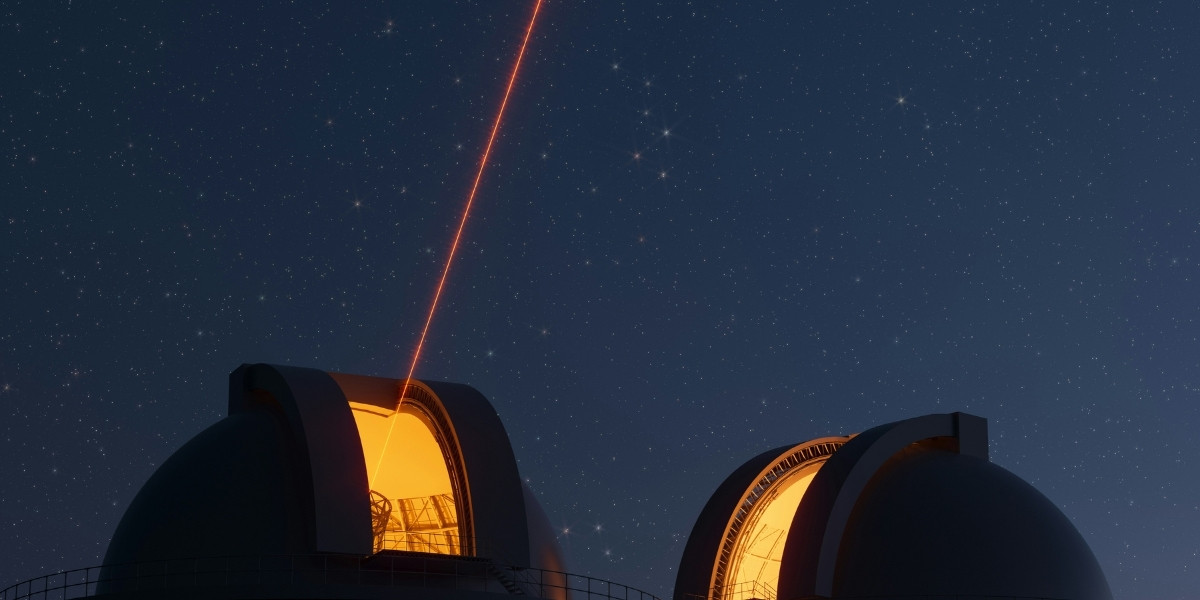Marvel vs. DC: Cinematic Universes, Comic Book Titans, & Superhero Showdowns
The names Marvel and DC instantly conjure images of iconic heroes, epic battles, and vast, interconnected worlds. For decades, these two comic book titans have dominated the superhero landscape, not just on the printed page but across television, animation, and, most notably, the silver screen. Their rivalry, often passionate among fans, has driven innovation and shaped popular culture, creating beloved characters and groundbreaking narratives that resonate with audiences worldwide. While both companies share the fundamental premise of extraordinary beings fighting for justice (or chaos), their approaches to storytelling, character development, and cinematic adaptation have carved out distinct identities, inviting a continuous comparison of their respective strengths and legacies.
Read Also: Are Reboots and Remakes Diluting Hollywood’s Creativity?
The discussion of Marvel versus DC extends beyond mere preference; it delves into differing philosophies of heroism, the evolution of comic book artistry, and the strategies behind building complex shared universes in film. From the gritty realism of Gotham City to the bustling, “world outside your window” feel of New York’s Marvel Universe, each brand offers a unique lens through which to view the struggles and triumphs of its super-powered inhabitants. Understanding these distinctions is key to appreciating the enduring impact both have had on entertainment and modern mythology.
How do the comic book origins and philosophies differ?
The foundational philosophies of Marvel and DC Comics, rooted in their respective origins, largely define their approach to character and storytelling. DC Comics, established earlier, beginning with National Allied Publications in 1934 (later Detective Comics), introduced many of the archetypal superheroes during the Golden Age of comics. Characters like Superman (1938) and Batman (1939) were designed as aspirational, god-like figures—symbols of truth and justice, often operating in fictional, larger-than-life cities like Metropolis and Gotham. Their stories often embraced mythic themes, portraying clear-cut battles between good and evil, with heroes who were largely incorruptible ideals.
Marvel Comics, formerly Timely Comics and then Atlas Comics, rose to prominence during the Silver Age in the 1960s under the creative guidance of Stan Lee, Jack Kirby, and Steve Ditko. Marvel differentiated itself by creating flawed, relatable, and humanized superheroes who grappled with everyday problems alongside their superhuman struggles. Spider-Man worried about rent, the X-Men faced prejudice, and the Fantastic Four argued like a family. Marvel’s stories were often set in real-world cities, primarily New York, fostering a sense of a “world outside your window.” This approach resonated deeply with readers, allowing them to connect with heroes who felt more like themselves.
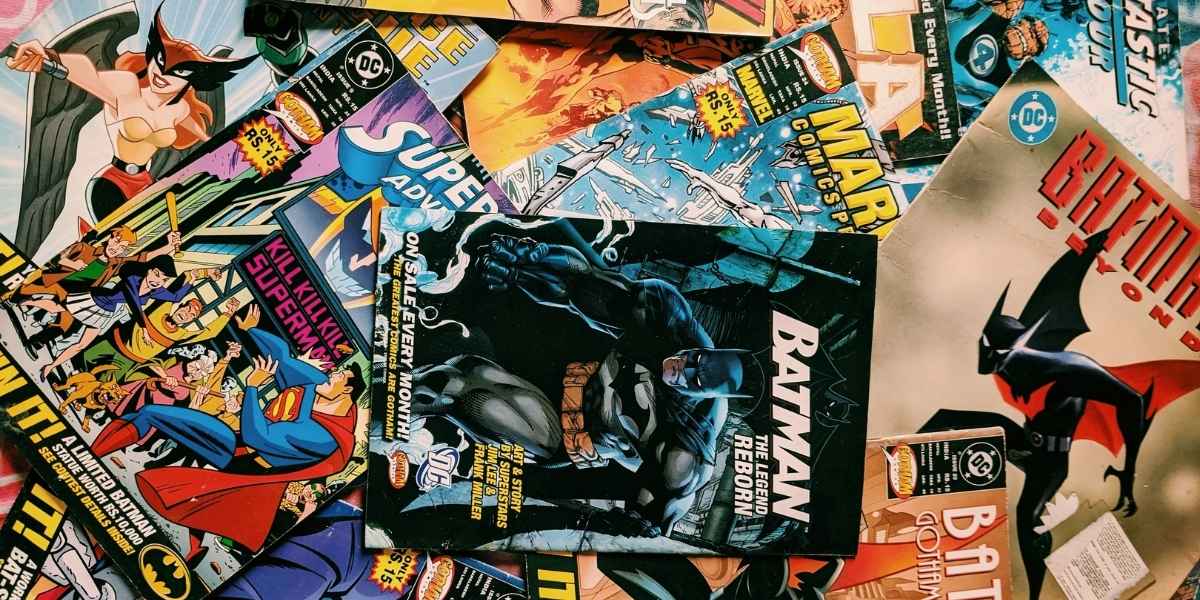
This core philosophical difference extends to the characters’ inner lives. DC’s heroes often start as fully formed icons, and their development focuses on the burden of their ideals and how they live up to them. Marvel’s heroes, conversely, frequently evolve by confronting and overcoming personal flaws, anxieties, and societal challenges. While DC presented heroes as symbols of what humanity could be, Marvel showcased heroes as reflections of what humanity is, complete with imperfections and internal conflicts.
What distinguishes the Marvel Cinematic Universe (MCU) from the DC Extended Universe (DCEU)?
The distinction between the Marvel Cinematic Universe (MCU) and the DC Extended Universe (DCEU) lies primarily in their foundational strategy, tone, and narrative cohesion. The MCU, launched with Iron Man in 2008, was a meticulously planned, long-form storytelling experiment. It built its universe gradually, introducing individual heroes through standalone films before bringing them together for major crossover events like The Avengers. This phased approach allowed audiences to connect with characters and understand their motivations before engaging with larger, interconnected narratives. The MCU is known for its relatively consistent tone, balancing humor and lightheartedness with dramatic stakes, creating an accessible and largely family-friendly viewing experience.
The DCEU, while beginning with Man of Steel in 2013, took a different, more reactive approach. Initially, it aimed for a darker, more grounded, and often grittier tone, influenced by the success of Christopher Nolan’s Dark Knight trilogy. Instead of slowly building up to team-ups, the DCEU rushed to introduce multiple major characters in films like Batman v Superman: Dawn of Justice, often struggling with narrative consistency and character development within its shared universe. This resulted in a more fragmented and often controversial reception, as films sometimes clashed in tone and directorial vision.
A key difference also emerged in how each universe handled its protagonists. The MCU successfully elevated lesser-known characters (like Iron Man and Guardians of the Galaxy) to global superstardom, proving that compelling storytelling could transcend character recognition. The DCEU, heavily reliant on its iconic duo of Superman and Batman, often struggled to make other characters resonate as widely. While the DCEU has undergone significant restructuring and reboots in recent years, the MCU’s initial methodical build-up and consistent tone set a precedent that heavily influenced the modern cinematic landscape, showcasing the power of a well-orchestrated shared universe.
Which universe boasts more iconic superhero showdowns and team dynamics?
Both Marvel and DC have given the world unforgettable superhero showdowns and unique team dynamics, though their approaches to these epic encounters differ. In the comic book realm, DC pioneered the concept of the superhero team with the Justice Society of America in the 1940s, followed by the iconic Justice League of America in the 1960s. These teams often featured larger-than-life heroes like Superman, Batman, and Wonder Woman uniting against cosmic threats, embodying aspirational ideals in their collective might. Their major crossovers, like Crisis on Infinite Earths, were universe-altering events with massive stakes and numerous character interactions.
Marvel, while coming later to the team concept with the Fantastic Four (1961) and The Avengers (1963), distinguished itself by focusing on the personalities and conflicts within the teams. The Avengers frequently grappled with internal disagreements and clashes of ego, making their team-ups feel more grounded and dramatic. The X-Men, a metaphor for social outsiders, battled both supervillains and societal prejudice, showcasing intricate team dynamics built on shared struggle. Major comic book showdowns like Civil War pitted heroes against each other based on ideological differences, adding layers of psychological complexity to the epic battles.
In their cinematic adaptations, the MCU has largely dominated the “showdown” spectacle through its highly anticipated crossover films like The Avengers series. These movies culminate years of character development and interweaving storylines, delivering massive, emotionally resonant battles (e.g., Avengers: Endgame‘s final battle) that feel earned and impactful. The DCEU, while attempting its own large-scale team-ups like Justice League, struggled with delivering the same level of impact, often due to less established character foundations. Both universes feature incredible powerhouses, but the MCU’s meticulous build-up often translates to more satisfying and widely celebrated cinematic showdowns and more organic team dynamics.
What is the cultural impact and global reach of Marvel and DC?
The cultural impact and global reach of both Marvel and DC are immense, transcending the comic book medium to permeate virtually every facet of popular culture. DC’s early start meant that characters like Superman and Batman became foundational archetypes of the superhero genre. Superman, as the first widely recognized superhero, established many conventions of the modern hero, while Batman redefined the vigilante. Their enduring presence in film, television, animation, and merchandising for over 80 years has cemented them as global icons, recognizable even to those who have never read a comic book. Their influence is seen in countless fictional heroes across various media inspired by their legacies.
Marvel, while a later entrant into the mainstream, achieved unprecedented global dominance in the 21st century primarily through the Marvel Cinematic Universe. The MCU’s unprecedented financial success, interconnected storytelling, and ability to make niche characters household names transformed superhero films into the most lucrative genre in cinema. This cinematic ubiquity has significantly expanded Marvel’s global fanbase, making characters like Iron Man, Captain America, and Spider-Man (who was already popular) universally recognized. Marvel’s blend of action, humor, and relatable characters has resonated with diverse audiences, establishing a new standard for blockbuster entertainment.
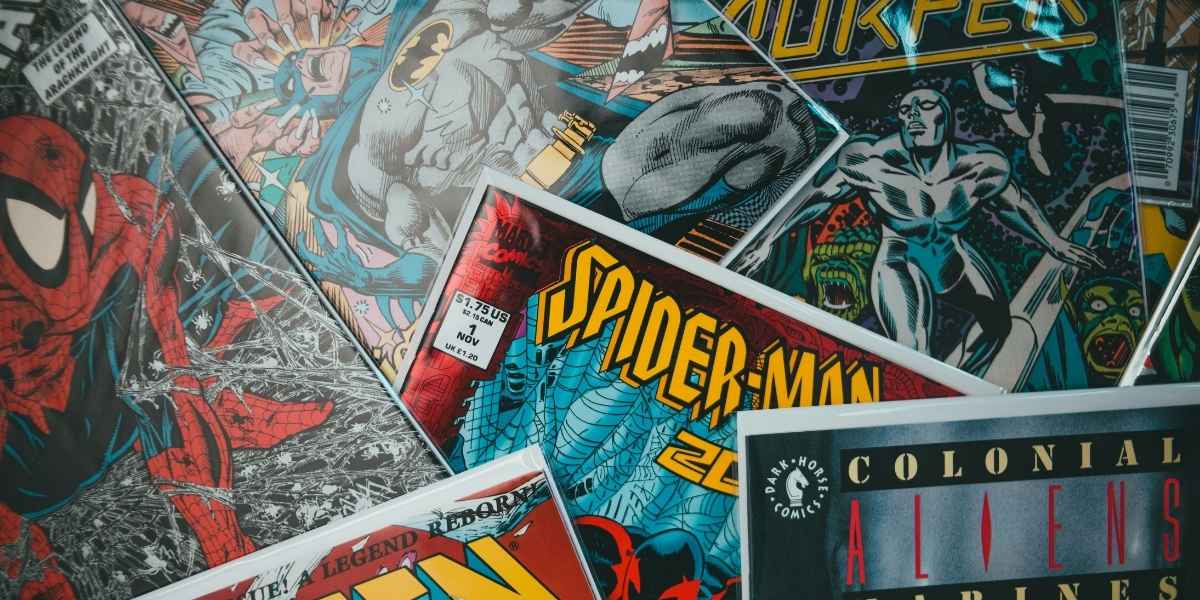
Both franchises have fostered dedicated fan communities, fueled by conventions like San Diego Comic-Con, extensive merchandise, and passionate online debates. They have inspired generations of creators and artists, pushing the boundaries of storytelling and visual effects. While DC laid the groundwork for the superhero as a concept, Marvel, particularly through its cinematic endeavors, has arguably achieved a broader and more immediate global cultural saturation in recent decades. Together, they represent a powerful force in storytelling, continually shaping the narratives and visual language of heroism worldwide.
Will the rivalry continue, and what does the future hold for both?
The rivalry between Marvel and DC, far from waning, is an inherent and dynamic part of the superhero landscape, constantly pushing both companies to innovate and adapt. While the nature of their competition may evolve, the fundamental drive to produce compelling stories and characters will remain. For DC, the future involves a significant restructuring under James Gunn and Peter Safran’s DC Studios, signaling a comprehensive reboot and a more cohesive vision for its cinematic universe. This fresh start aims to learn from past challenges, focusing on interconnected storytelling across film, television, and animation, potentially ushering in a new era of critical and commercial success for its iconic characters.
Marvel, having completed its epic “Infinity Saga,” is now navigating a new phase that explores multiversal concepts and introduces new generations of heroes. While the MCU has faced some recent criticisms regarding narrative consistency and quality, its established infrastructure, vast character roster, and proven track record ensure its continued prominence. The challenge for Marvel will be to maintain its innovative edge and deliver fresh, engaging stories that avoid formulaic repetition, while integrating the X-Men and Fantastic Four into its expansive narrative.
Read Also: The Impact of Movie Soundtracks on Your Cinematic Journey
The future for both Marvel and DC is likely to involve a continued proliferation of content across various platforms, from big-budget blockbusters to streaming series, animated shows, and, of course, the foundational comic books. The competition will remain a driving force, ensuring that fans are consistently treated to new interpretations, exciting crossovers, and the ongoing evolution of their favorite heroes. As long as there’s an audience eager for tales of extraordinary individuals grappling with extraordinary challenges, the friendly rivalry between these two comic book giants will continue to shape and define the very essence of superhero storytelling.
